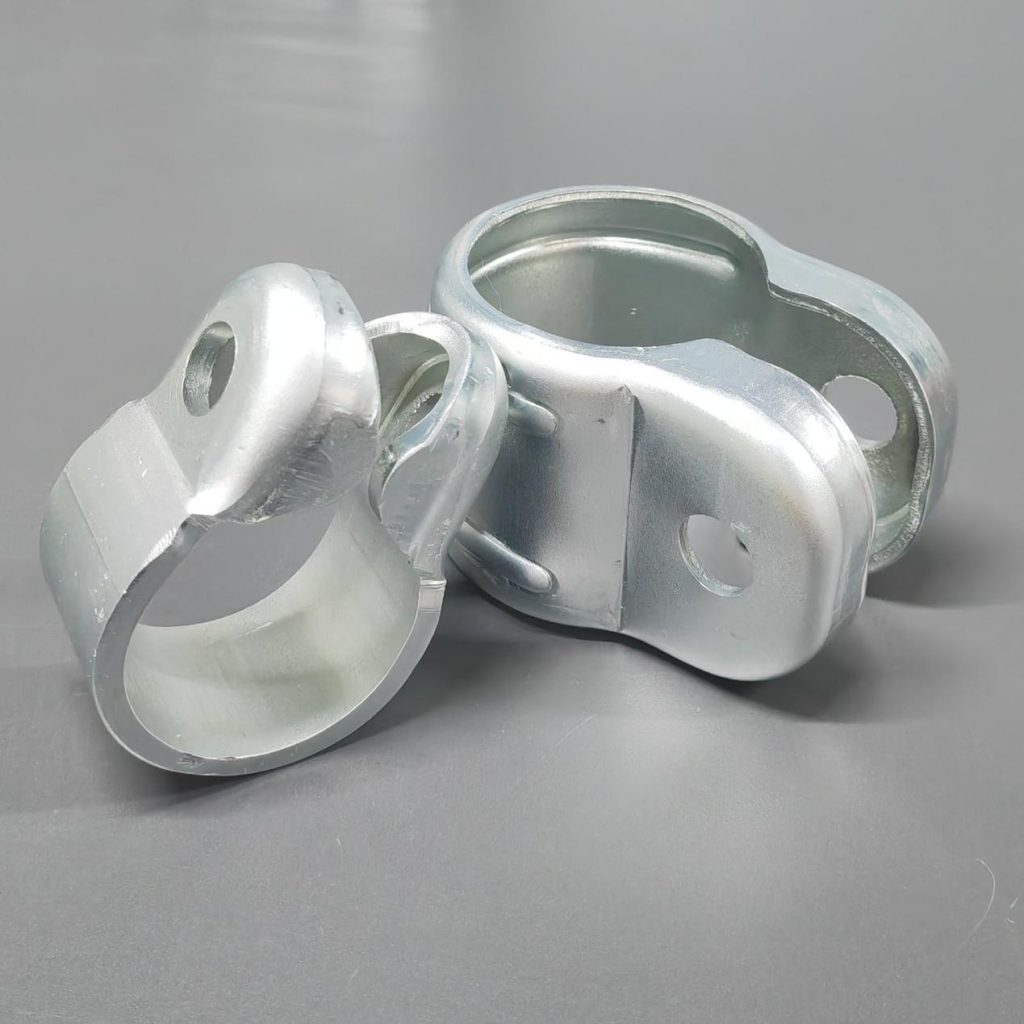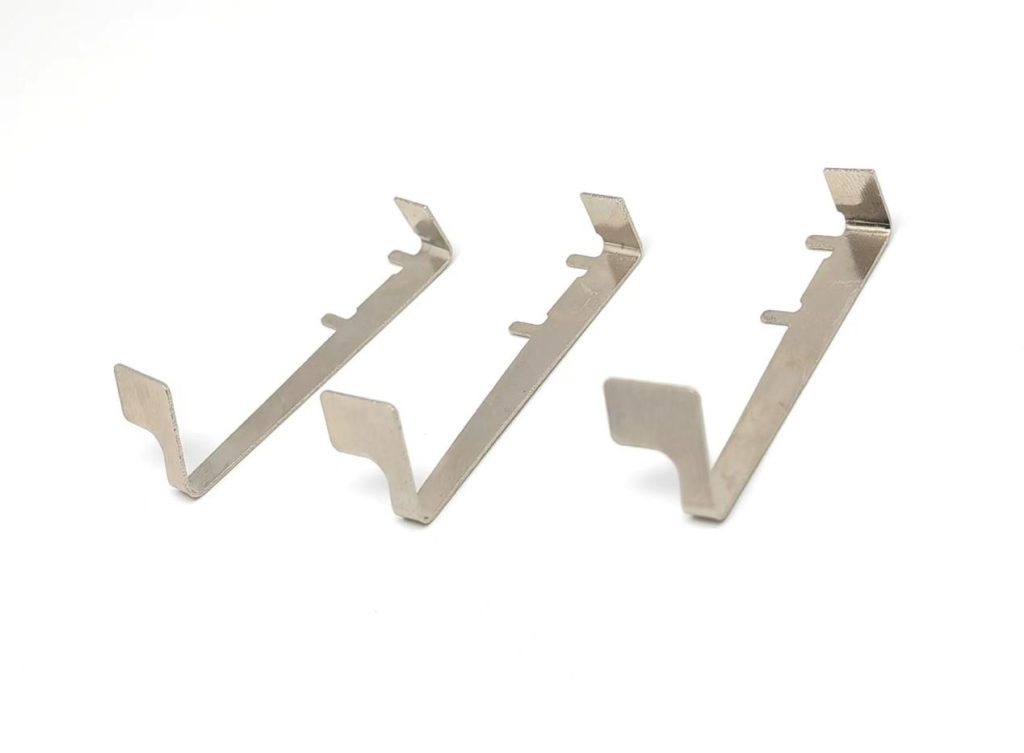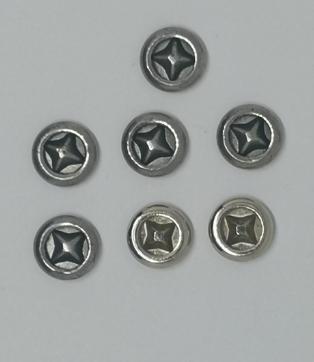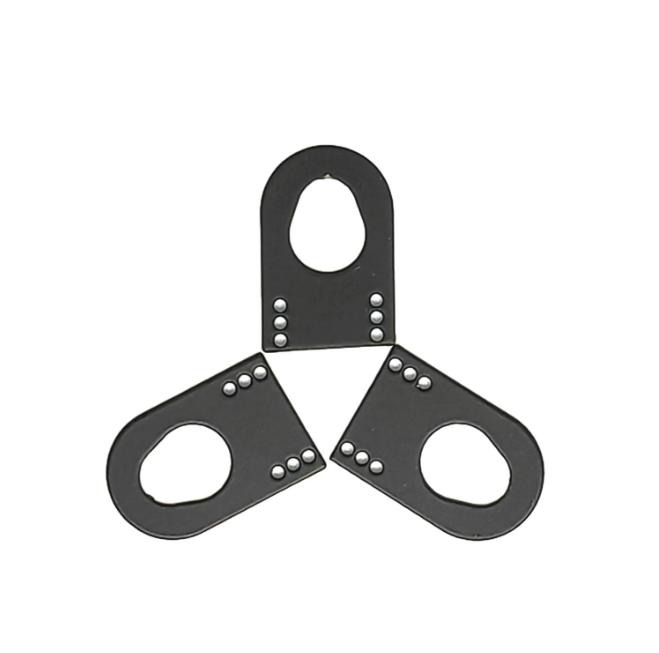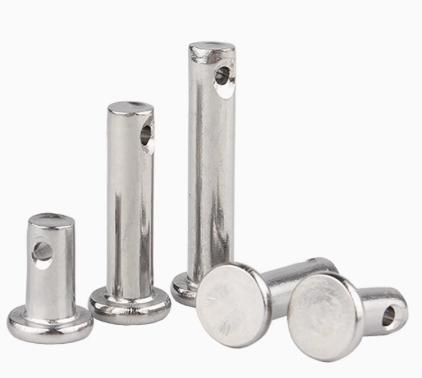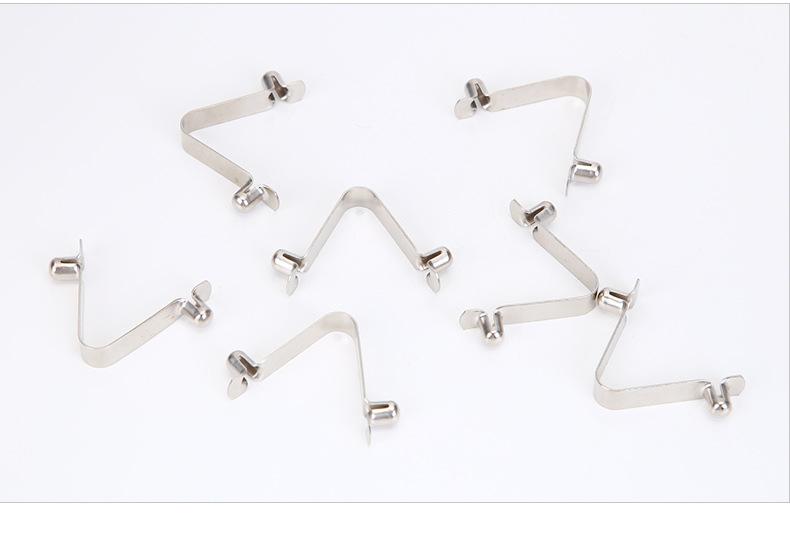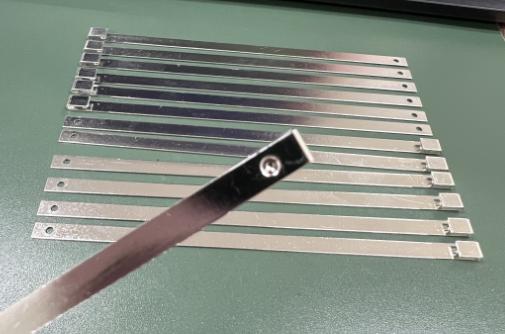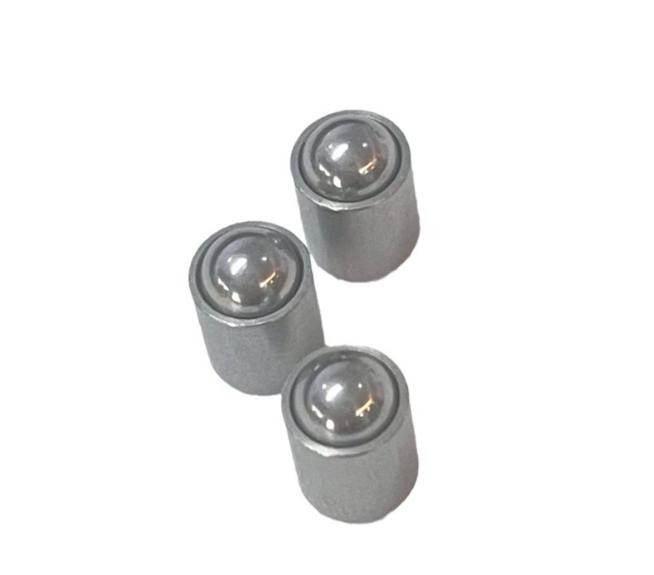Key Customization Trends in CNC Machining
CNC (Computer Numerical Control) machining, with its precision and versatility, is critical to addressing the growing demand for bespoke parts across a wide range of sectors. Customization trends in CNC machining reflect the changing demands of diverse industries for precision-engineered, custom-made components. As technology advances, CNC machining evolves to meet the challenges and opportunities given by the increased need for customized solutions. This article explores the trends in customization within the realm of CNC machining, highlighting how this technology is adapting to deliver tailor-made solutions.
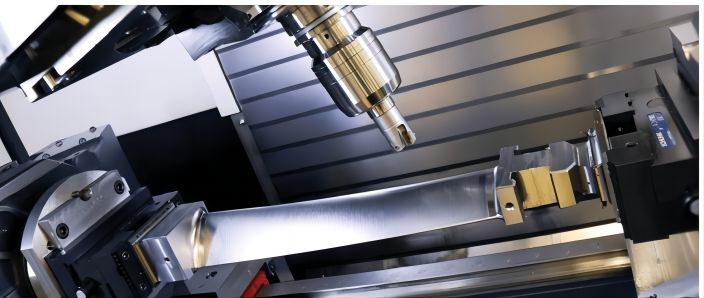
1. Rise of Industry-Specific Customization Requirements with CNC Machining
As industries become more specialized, the demand for components customized to specific needs has increased. CNC machining enables the creation of industry-specific parts, such as aircraft components with tight tolerances or specialist medical equipment with precise geometry.
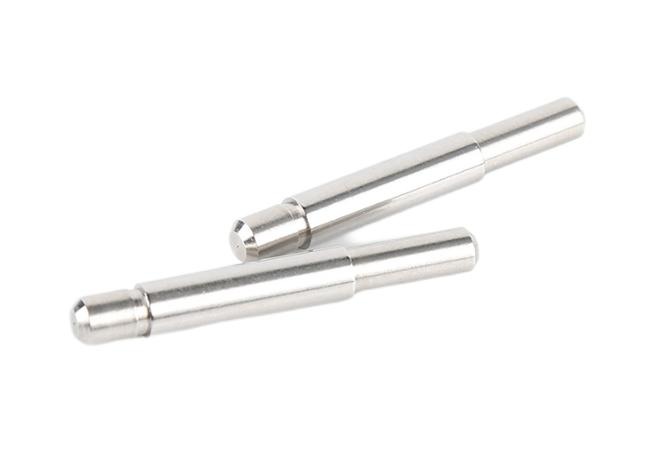
2. Complex Geometries and Intricate Designs Showcasing the Flexibility of CNC Machining
The advanced capabilities of CNC machining enable the production of intricate and complex designs that were once challenging to achieve. Customization trends include the creation of components with intricate details, organic shapes, and complex geometries, showcasing the flexibility of CNC machining.
3. Multi-Axis CNC Machining for Enhanced Complexity
Increased Degrees of Freedom
Multi-axis CNC machines have more than three axes of motion, typically 4, 5, or even more. This increased freedom of movement enables the cutting tool to approach the workpiece from multiple angles and directions, facilitating the creation of complex shapes and intricate details.
3D Machining Capability
Traditional 3-axis CNC machines move along the X, Y, and Z axes. In contrast, multi-axis CNC machines can move the cutting tool in additional rotational or tilting axes. This capability allows for true 3D machining, enabling the creation of intricate contours and shapes on rubber fenders.
Complex Contouring and Surface Finishing
Multi-axis CNC machining excels at complex contouring and surface finishing. This is crucial for rubber fenders, as their shapes often need to be optimized for energy absorption and impact resistance. The ability to precisely control the tool’s movements enables the production of smooth and precisely contoured surfaces.
Efficient Machining of Undercuts
Undercuts, which are features that cannot be machined with a straight vertical tool path, are common in complex rubber fender designs. Multi-axis CNC machining allows the tool to approach the workpiece from various angles, making it possible to efficiently machine undercuts without the need for additional setups.
Reduced Tool Changes
Multi-axis CNC machines can perform multiple operations without the need for frequent tool changes. This not only saves time but also enhances the overall efficiency of the machining process, making it well-suited for the intricate and complex geometry of rubber fenders.
Simultaneous Machining of Multiple Surfaces
Multi-axis CNC machines can simultaneously machine different surfaces of a workpiece. This simultaneous machining capability is advantageous for rubber fenders with complex designs, as it streamlines the production process and reduces the number of setups required.
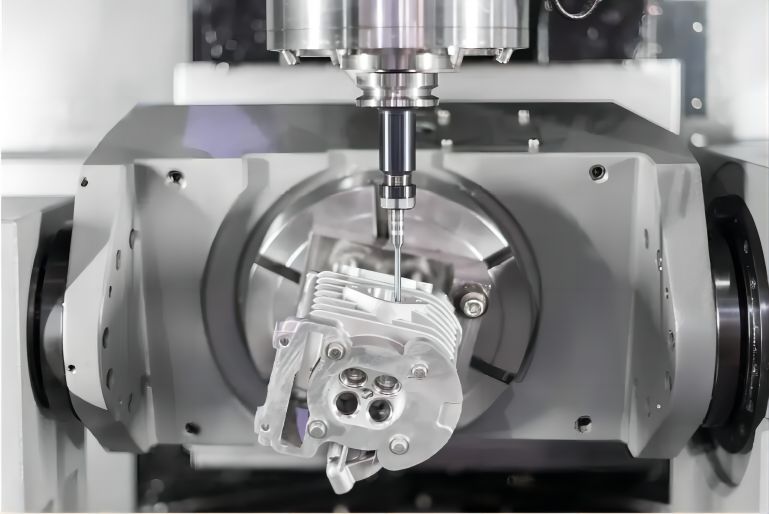
4. Custom Materials and Composites Used in CNC Machining
| Trend | Description |
| Diverse Material Options: | Increasing demand for CNC machining various materials, including metals, plastics, composites, and exotic alloys. |
| Hybrid Material Machining: | Customizing processes to handle hybrid materials, combining different substances for enhanced properties. |
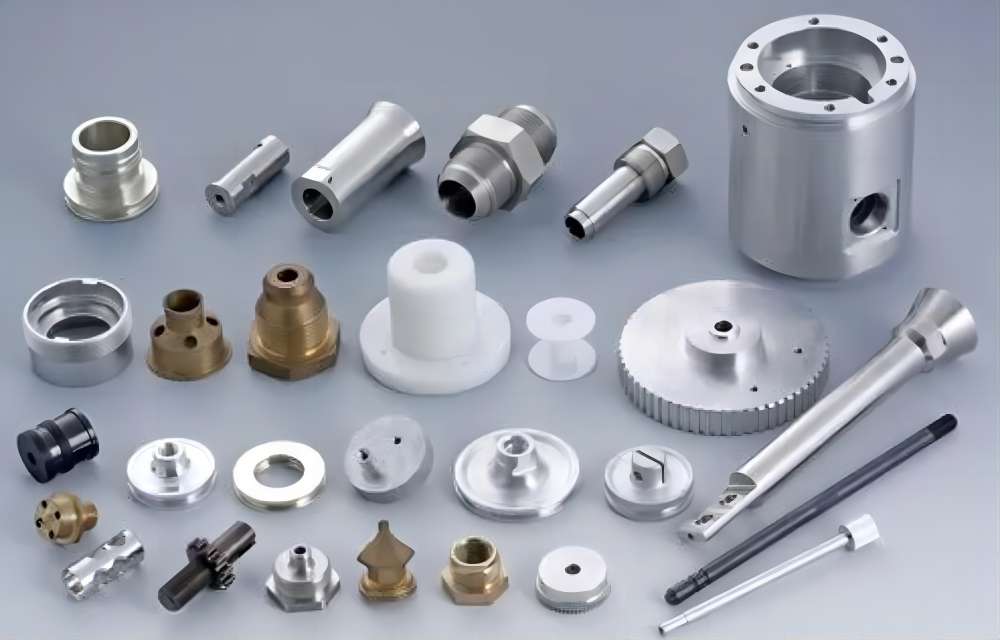
4. Integration of Additive Manufacturing with CNC Machining
The integration of CNC machining with additive manufacturing technologies, such as 3D printing, is a notable trend. This combination allows for the creation of hybrid structures, where additive manufacturing builds complex geometries, and CNC machining provides finishing touches with precision.
5. In-Process Monitoring for Quality Assurance in CNC Machining
Customization goes hand in hand with stringent quality standards. In-process monitoring using sensors and real-time feedback systems is a growing trend in CNC machining. This ensures that customized parts meet the required specifications, contributing to overall quality assurance.
6. Software Advances for Efficient Programming in CNC Machining
Customization often requires intricate programming. Trends in CNC machining involve the development of advanced software tools that simplify and optimize the programming process. This reduces lead times and enhances the efficiency of producing custom components.
7. Small Batch Production Flexibility and Prototyping with CNC Machining
| Trend | Description |
| Rapid Prototyping: | Custom CNC machining for rapid prototyping, enabling quick iterations in product development. |
| Small Batch Production: | Growing demand for small batch and custom production runs to meet specific customer requirements. |
8. Custom Finishes and Surface Treatments by Using CNC Machining
Beyond shape and material, customization trends include surface finishes and treatments. CNC machining enables the exact application of unique finishes, improving both the visual appeal and functionality of components.
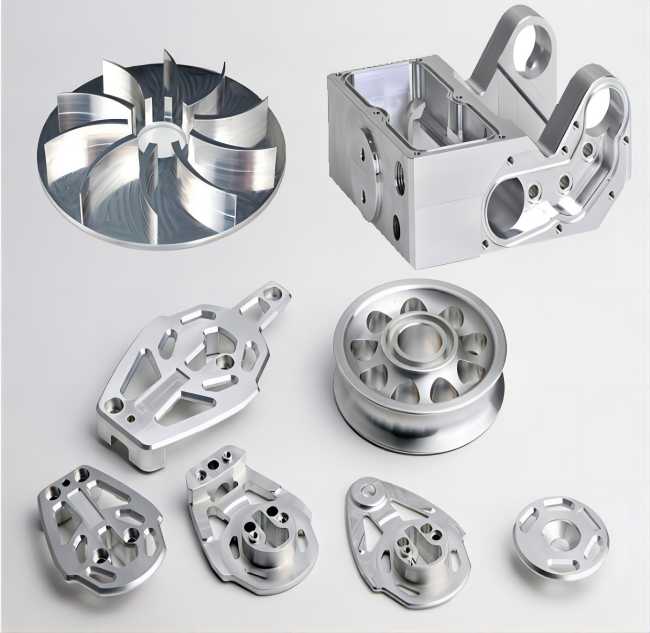
10. Tooling Innovation in CNC Machining
| Trend | Description |
| High-Speed Machining: | Customizing tooling strategies for high-speed CNC machining, optimizing efficiency and surface finish. |
| Advanced Tool Coatings: | Adoption of advanced tool coatings for increased tool life and improved performance. |
11. Higher Requirements for Precision and Tolerance in CNC Machining
| Trend | Description |
| Micromachining: | Growing interest in micromachining for intricate and small-scale components with high precision. |
| Tight Tolerances: | Customizing CNC processes to achieve tighter tolerances, crucial for industries like aerospace and medical. |
Conclusion
Customization trends in CNC machining highlight the technology’s adaptability and versatility. As industries seek tailored solutions, CNC machining evolves, pushing the frontiers of precise engineering and manufacturing. CNC machining is poised to play an important role in the future of customized manufacturing because to the ongoing integration of modern technology and the emphasis on fulfilling industry-specific needs.

